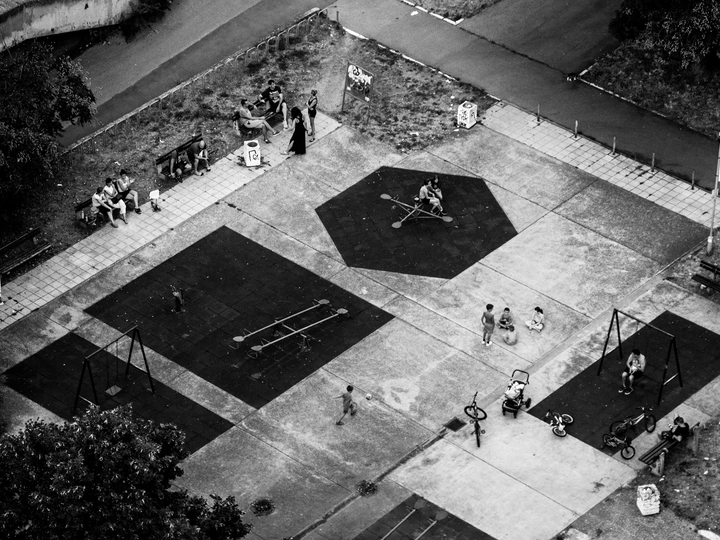The Image of the Belgrade Public Spaces

I am an urban planner and designer and I have worked in several urban development projects exploring different topics such as tourism, housing, and smart city. I was a consultant assistant in Iran’s National Urban Policy report provided by UN-Habitat and the National Housing Strategy report of Montenegro provided by UNECE. I’m also passionate about photography and like to capture urban life within the cities and explore cultures within different contexts.
This project is focused on using photography as a tool to analyze the usage of public space in different types of urban development in Belgrade, and to depict the level and type of interactions of people with the city.
The city of Belgrade is a mixture of different urban fabric and structure. The city consists of four types of urban development. The historic city (before WWII), modernist developments (until 1990), and informal settlements and commercial developments since 2000. There are good and bad practices within each of these types that can be used for current and future developments. It seems that commercialization, consumerism, and making more and more profit are being promoted in Belgrade as it's a globally increasing issue. It seems that the importance of sustainable development is being neglected in the current developments while there are many good examples of successful urban spaces within the older parts of the city where people are at the center of attention and urban planning and designs respect the climate and ecological aspects of the city. Livable spaces where children play freely, the elderly sit and chat together, people walk under the shade of trees, and use public spaces and their natural context freely are examples of good existing urban practices in Belgrade. On the contrary, big blocks, mass constructions, lack of greenery and attention to human scale, etc. are some of the issues that can be seen in the newer parts of the city and this trend is growing rapidly.